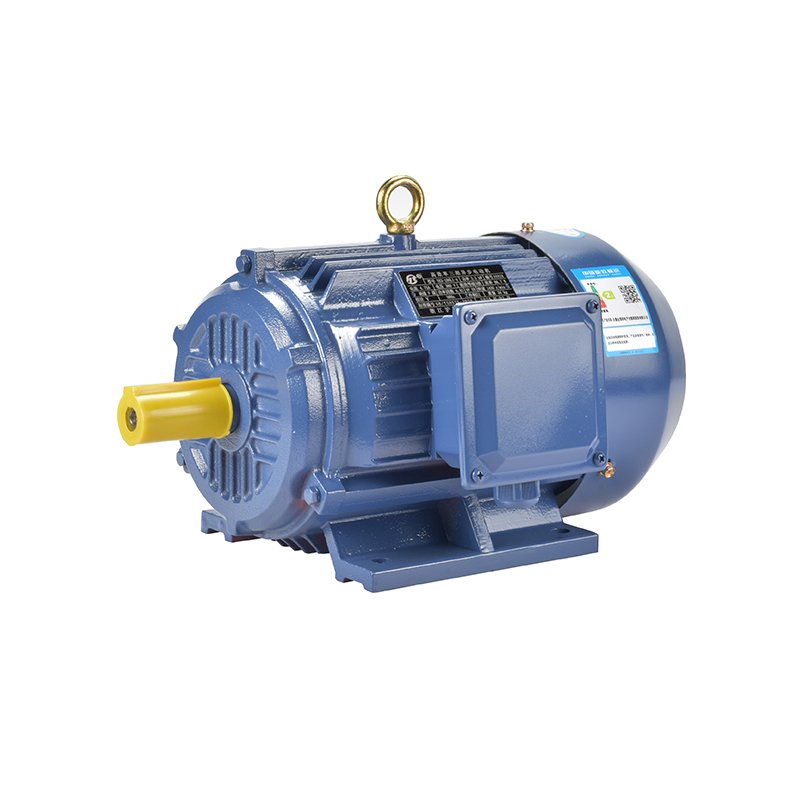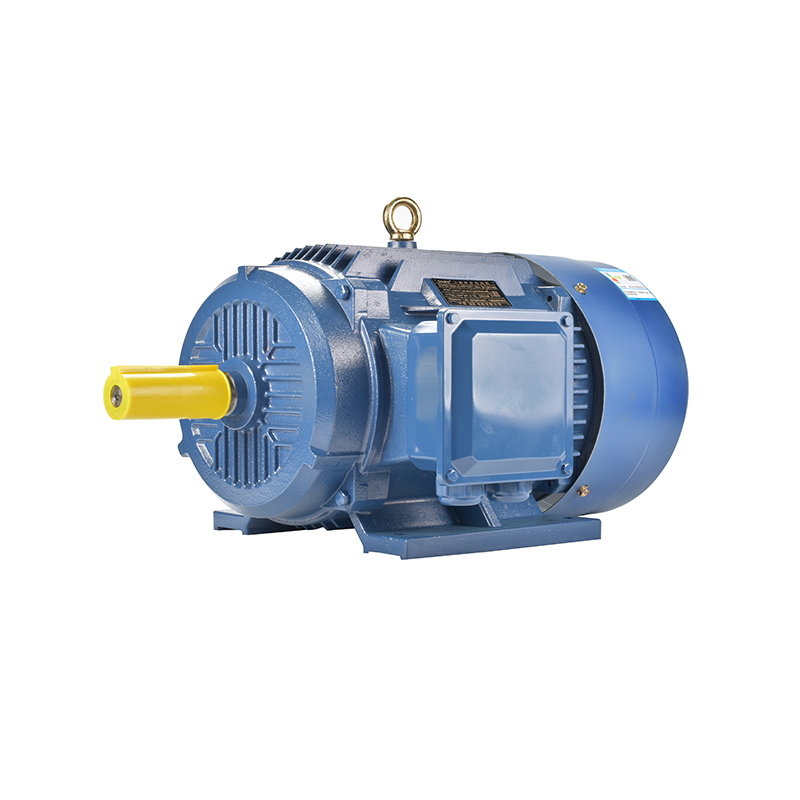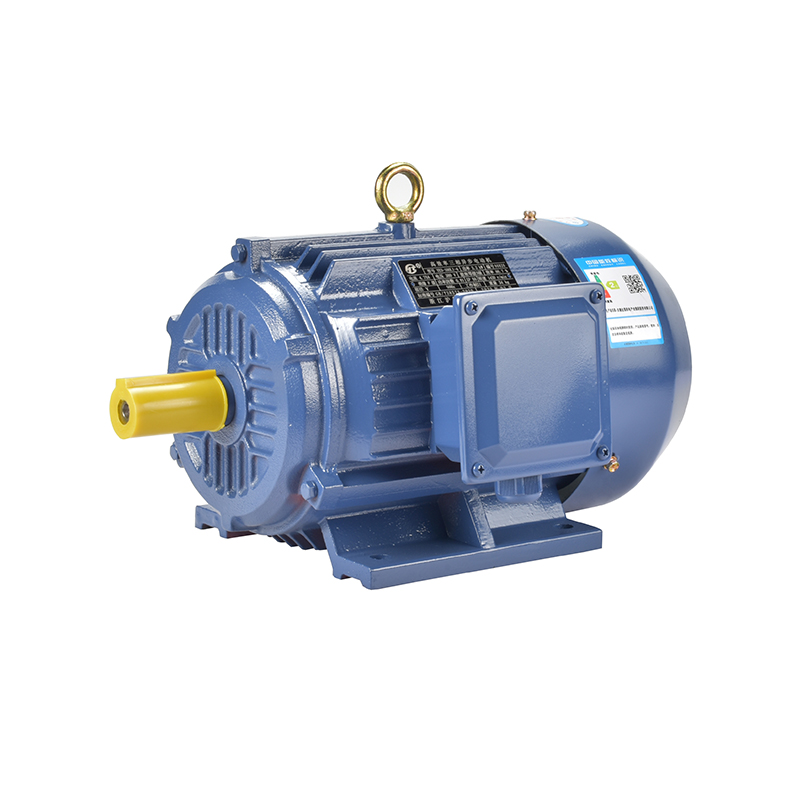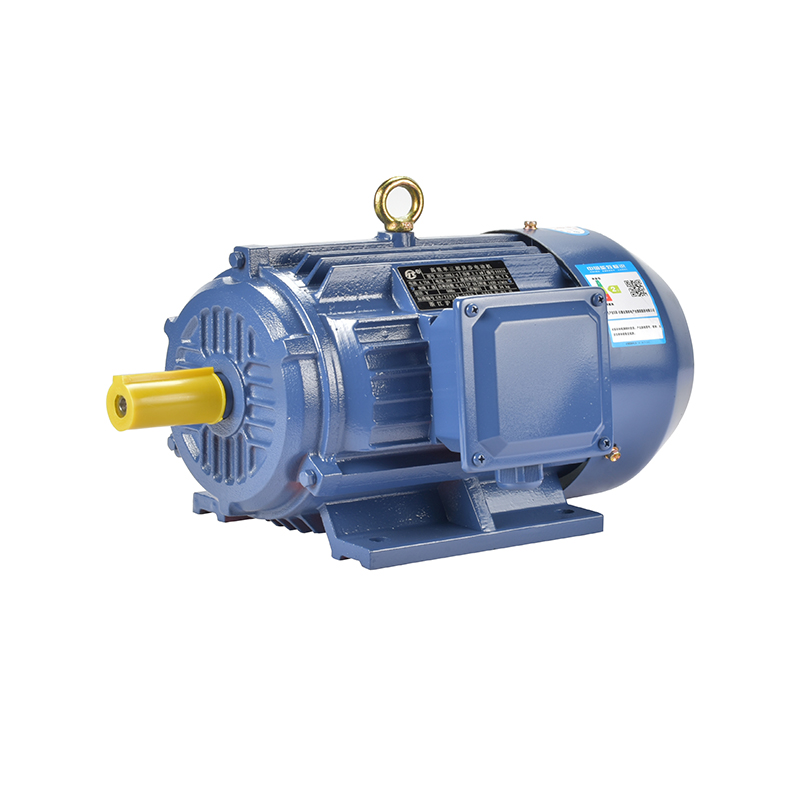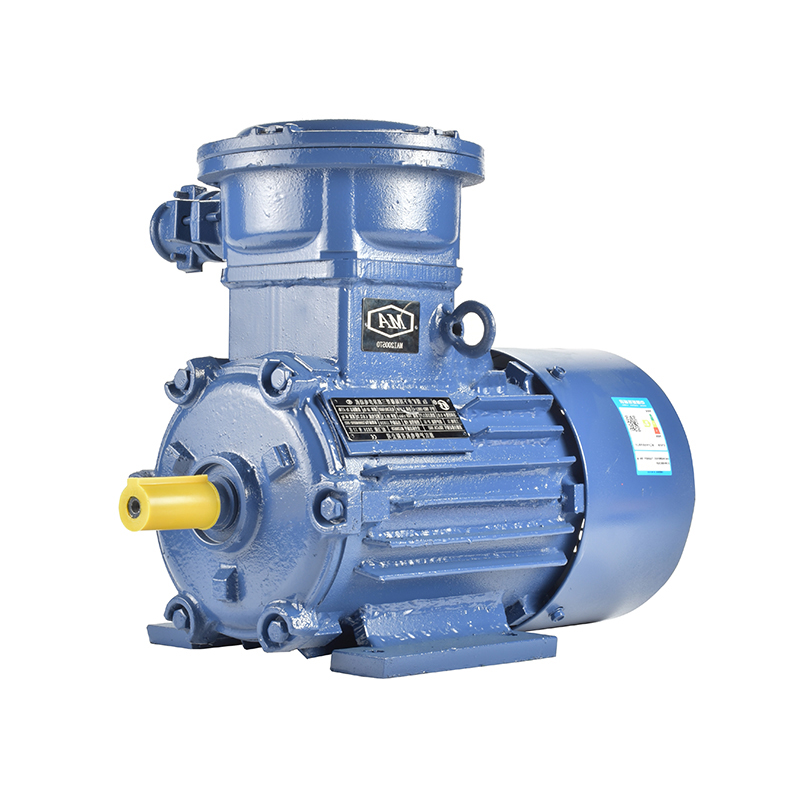The Role Of CNC Equipment In Motor Part Fabrication
Motor parts require high levels of accuracy, especially components such as rotors, stators, shafts, and housings. These parts often have complex geometries and tight tolerances that are difficult to achieve with manual machining or conventional equipment. CNC machines, with their ability to execute precise, programmed movements, provide a reliable way to fabricate these components with small human error.
For example, in the production of a 3 phase brake motor, the brake mechanism and the motor housing must fit ideally to ensure safe operation and durability. The brake motor’s components are subject to mechanical stress and thermal effects, which means even minor imidealions can advance to premature wear or failure. CNC machining ensures that each part is cut and shaped to exact specifications, reducing the risk of assembly issues and improving overall motor performance.

Single phase electric motors, commonly used in household appliances and small machinery, also benefit from CNC fabrication techniques. Their components, though often smaller and simpler than industrial motors, still demand accuracy in manufacturing. Parts like the rotor shaft or end bells must align correctly to reduce vibration and noise during operation. CNC machines enable manufacturers to maintain consistent quality across large production runs, supporting the reliable performance of these motors in everyday applications.
The use of powerful DC motors in various industrial and commercial applications presents additional fabrication challenges. These motors require components that can handle higher currents and mechanical loads, which calls for precise material removal and finishing techniques. CNC equipment can process tough materials such as hardened steel or aluminum alloys with accuracy, helping to produce rotor cores and commutators that meet strict design requirements. This level of precision contributes to the motor’s efficiency and longevity.
Beyond accuracy, CNC machines offer flexibility in production. Motor manufacturers often need to produce parts for different motor types and models, sometimes in small batches or even custom orders. CNC equipment allows easy switching between part programs without the need for extensive retooling. This adaptability helps reduce advance times and lowers production costs, benefiting companies that supply a range of motors like the 3 phase brake motor, single phase electric motor, and powerful DC motor.
Additionally, CNC machining enhances surface finish quality, which is critical for motor parts. Smooth surfaces on shafts and bearing housings reduce friction and wear, contributing to quieter motor operation and longer service life. The repeatability of CNC machines ensures that each piece meets the surface finish standards required by motor designers.
Automation integration is another advantage that CNC equipment brings to motor part fabrication. Many CNC machines can be linked with robotic loading systems, tool changers, and inspection devices. This setup allows continuous production with small human intervention, maintaining consistent quality while increasing throughput. For motor manufacturing companies, this means faster turnaround times and the ability to meet growing market demands without sacrificing reliability.
It is important to note that the benefits of CNC machining are not limited to just manufacturing efficiency and precision. The technology also helps improve workplace safety by reducing manual handling of heavy or complex parts. CNC programs can be tested and simulated beforehand, lessening the risk of machine crashes and costly mistakes. For operators, this means a safer environment with reduced exposure to repetitive strain or hazardous conditions.
In terms of maintenance, CNC machines require regular upkeep to ensure they continue delivering high-quality output. Proper calibration, tool maintenance, and software updates are necessary to keep the equipment operating smoothly. Motor manufacturers who invest in CNC equipment also benefit from ongoing technical support and training, which helps maximize the machine’s lifespan and performance.
In conclusion, CNC equipment plays a crucial role in the fabrication of motor parts across various motor types, including the 3 phase brake motor, single phase electric motor, and powerful DC motor. The precision, flexibility, and automation capabilities of CNC machines contribute significantly to the production of reliable, high-quality motors. As manufacturing demands evolve, the integration of CNC technology in motor part fabrication remains an important factor for companies striving to meet the needs of diverse industries and applications.
-
Feedback



 English
English русский
русский Español
Español عربى
عربى

